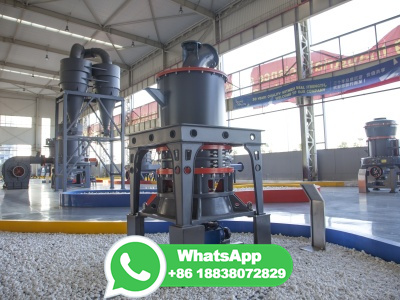Carbonization of Coal for Metallurgical Coke Production
WEBNov 15, 2014 · Process of carbonization of coal. The coal to coke transformation takes place as the coal is heated. When the state of fusing is reached, the layer of heated coal softens and fuses. From about 375 deg C to 475 deg C, the coal decomposes to form plastic layer. Destructive distillation reactions proceed rapidly in the plastic layer with .




























